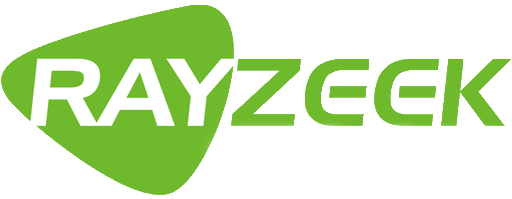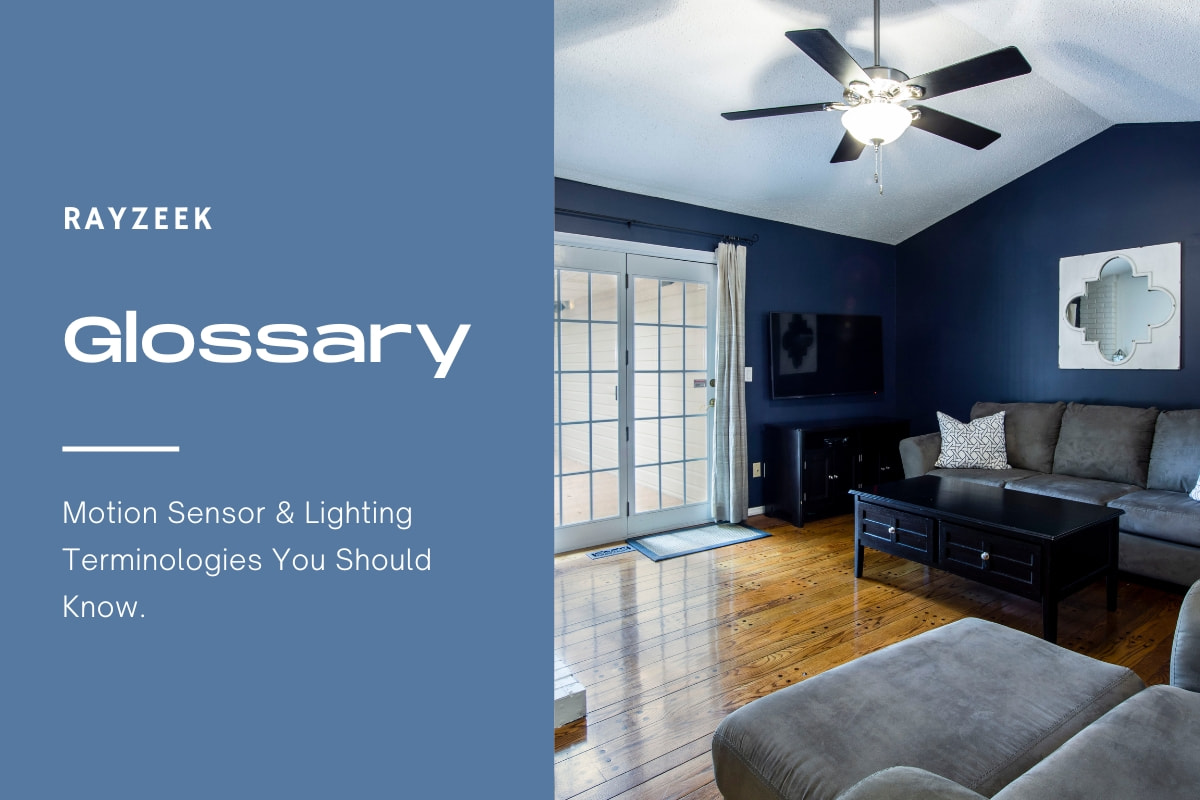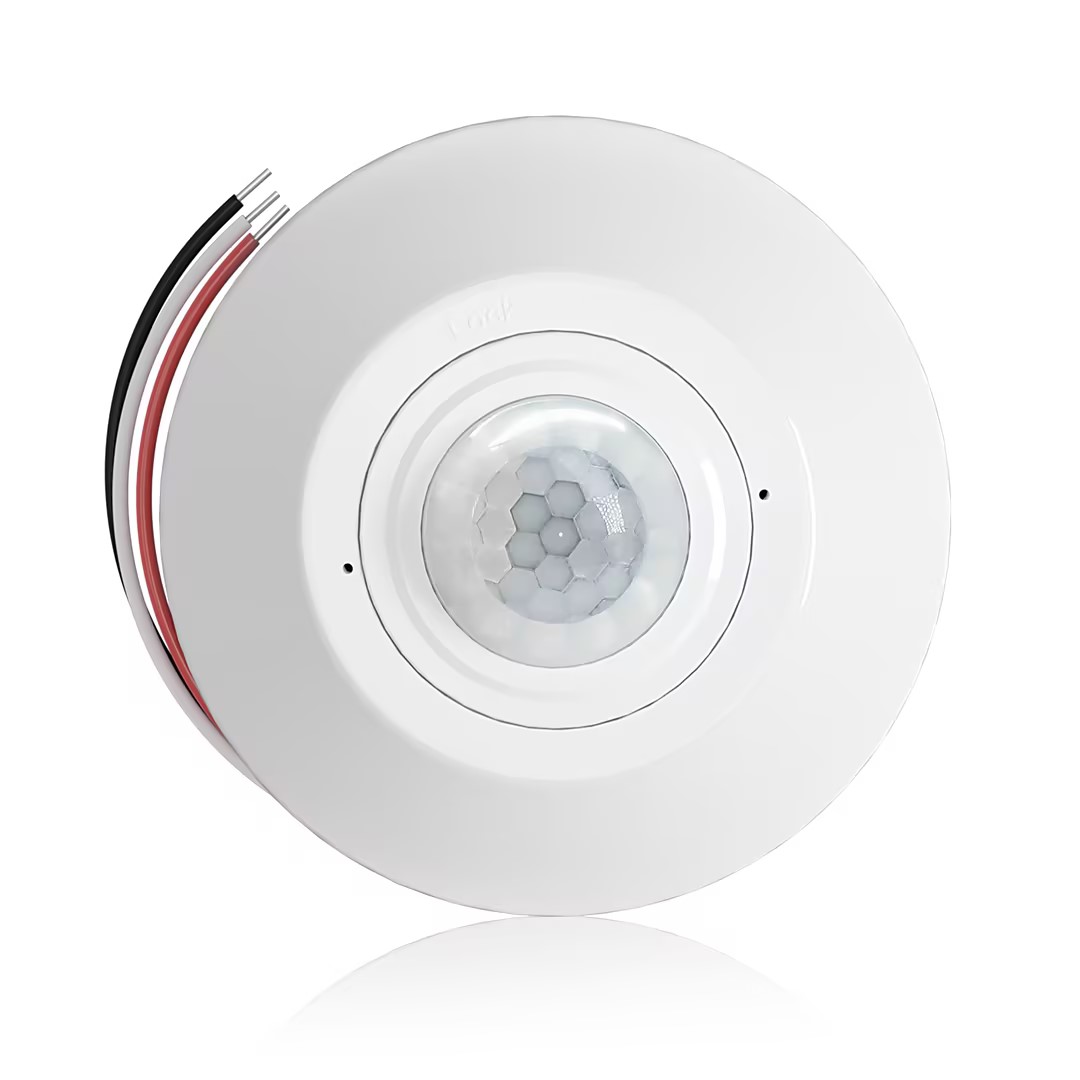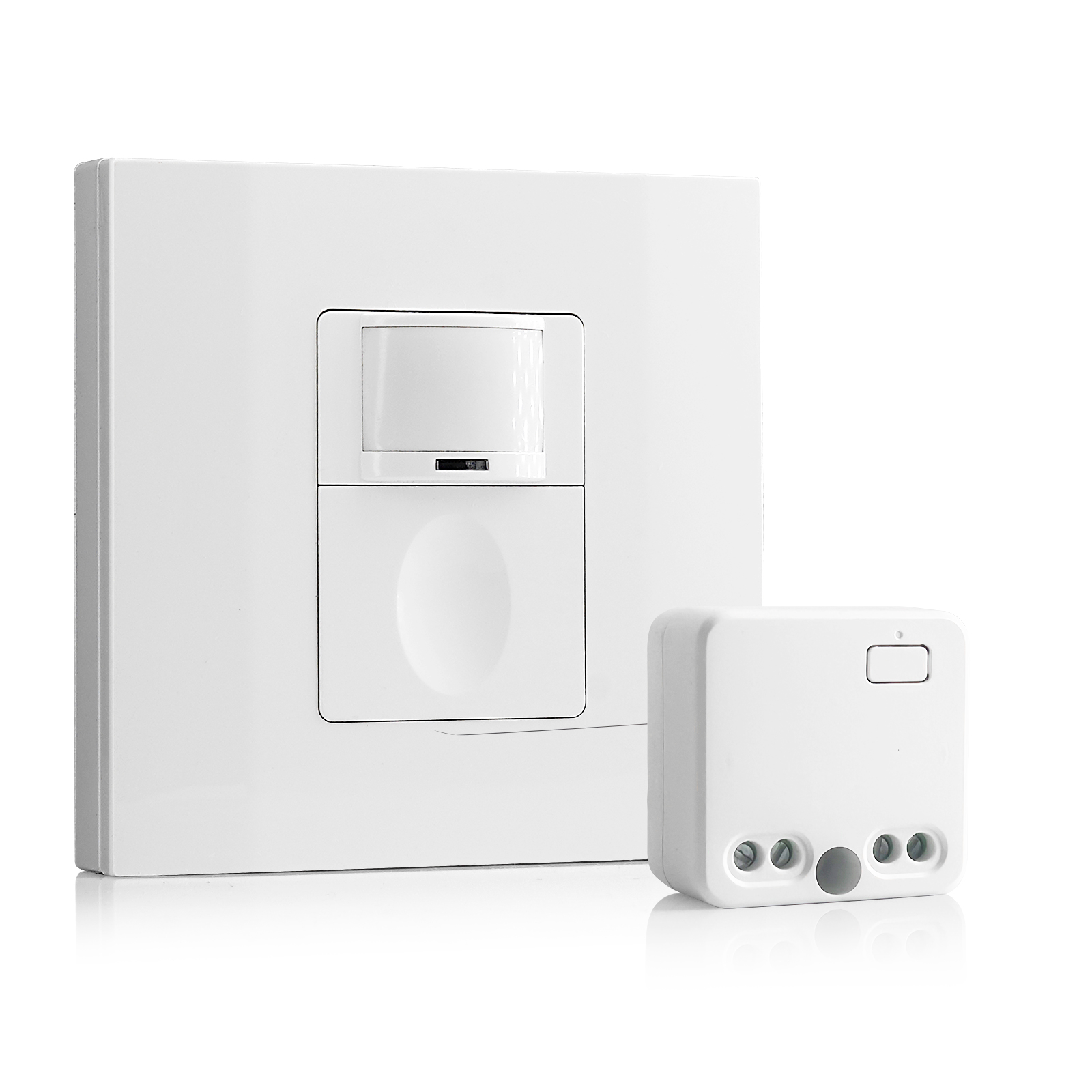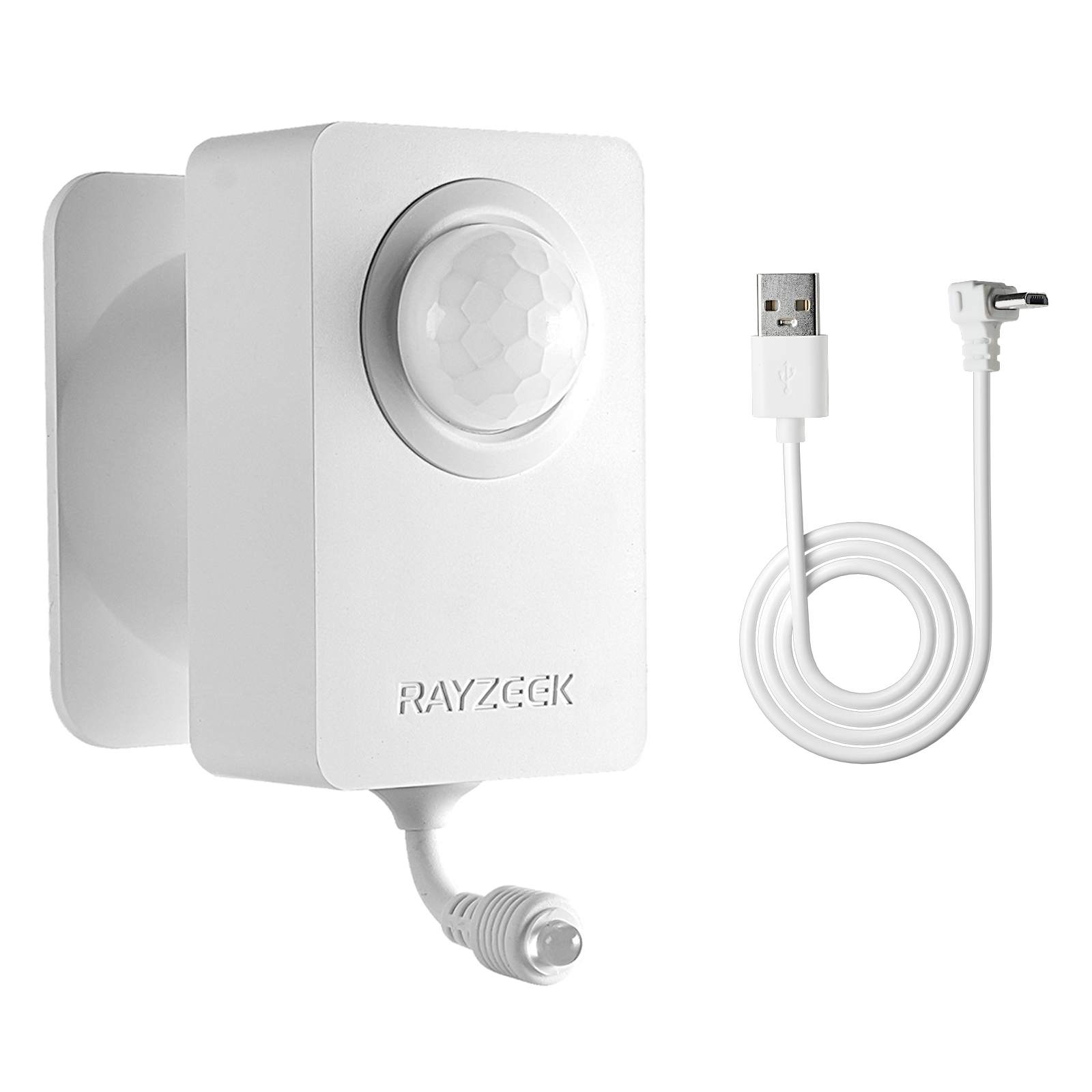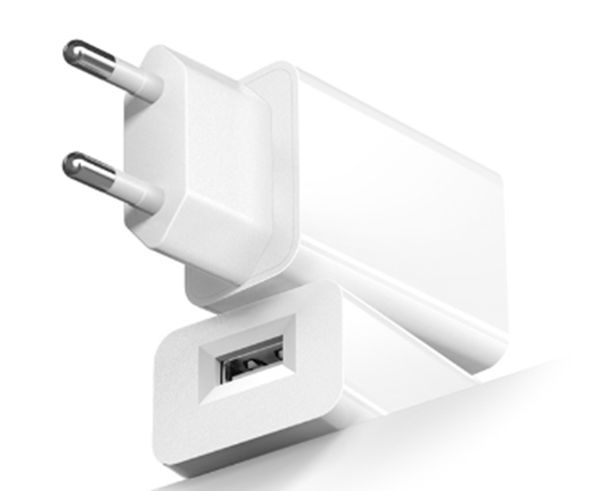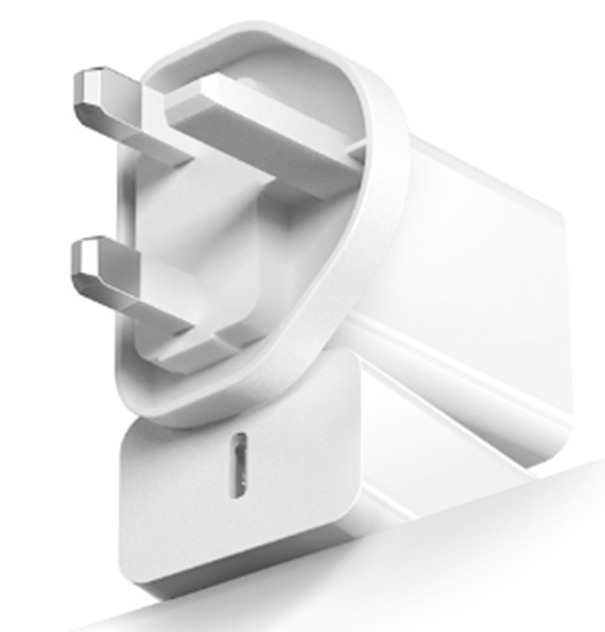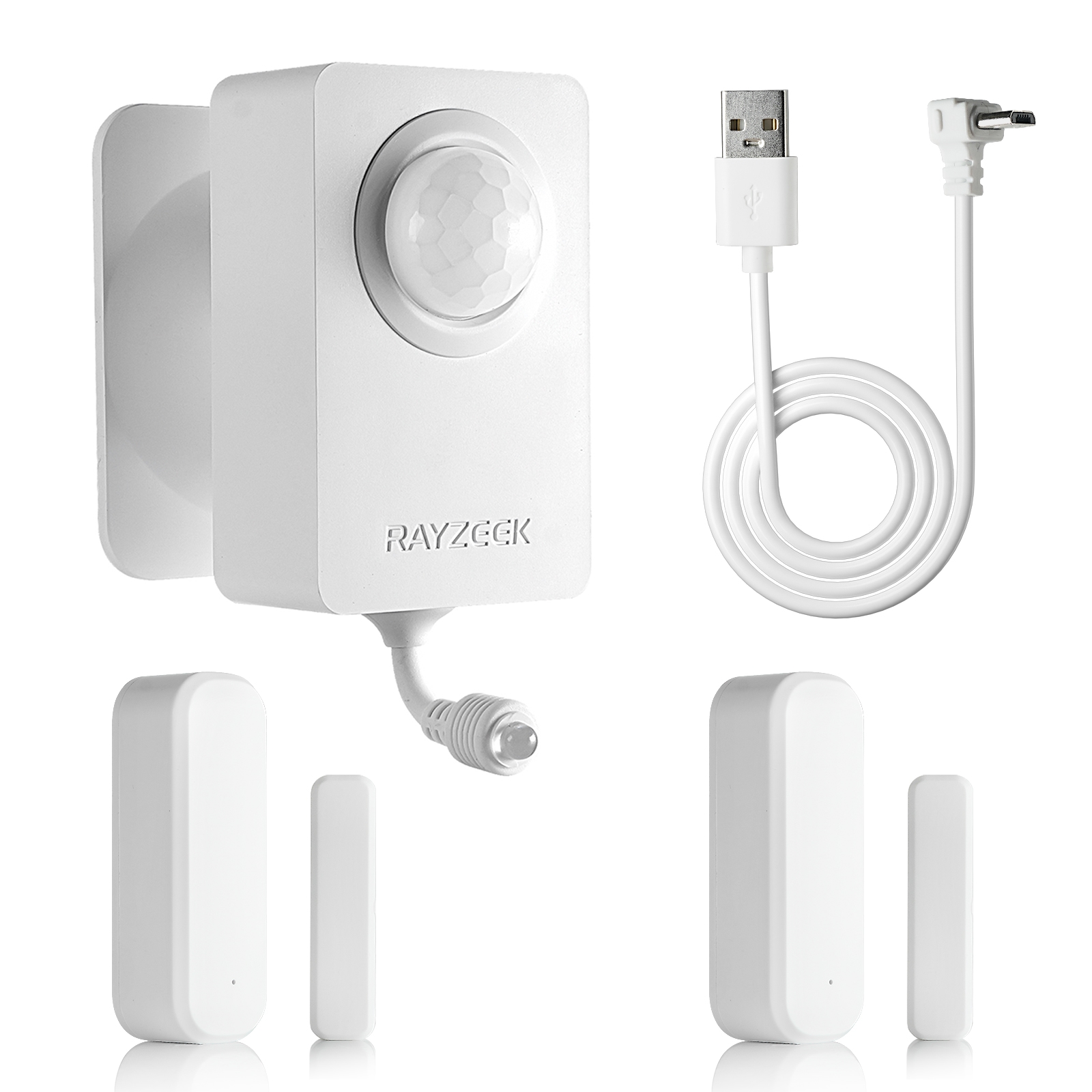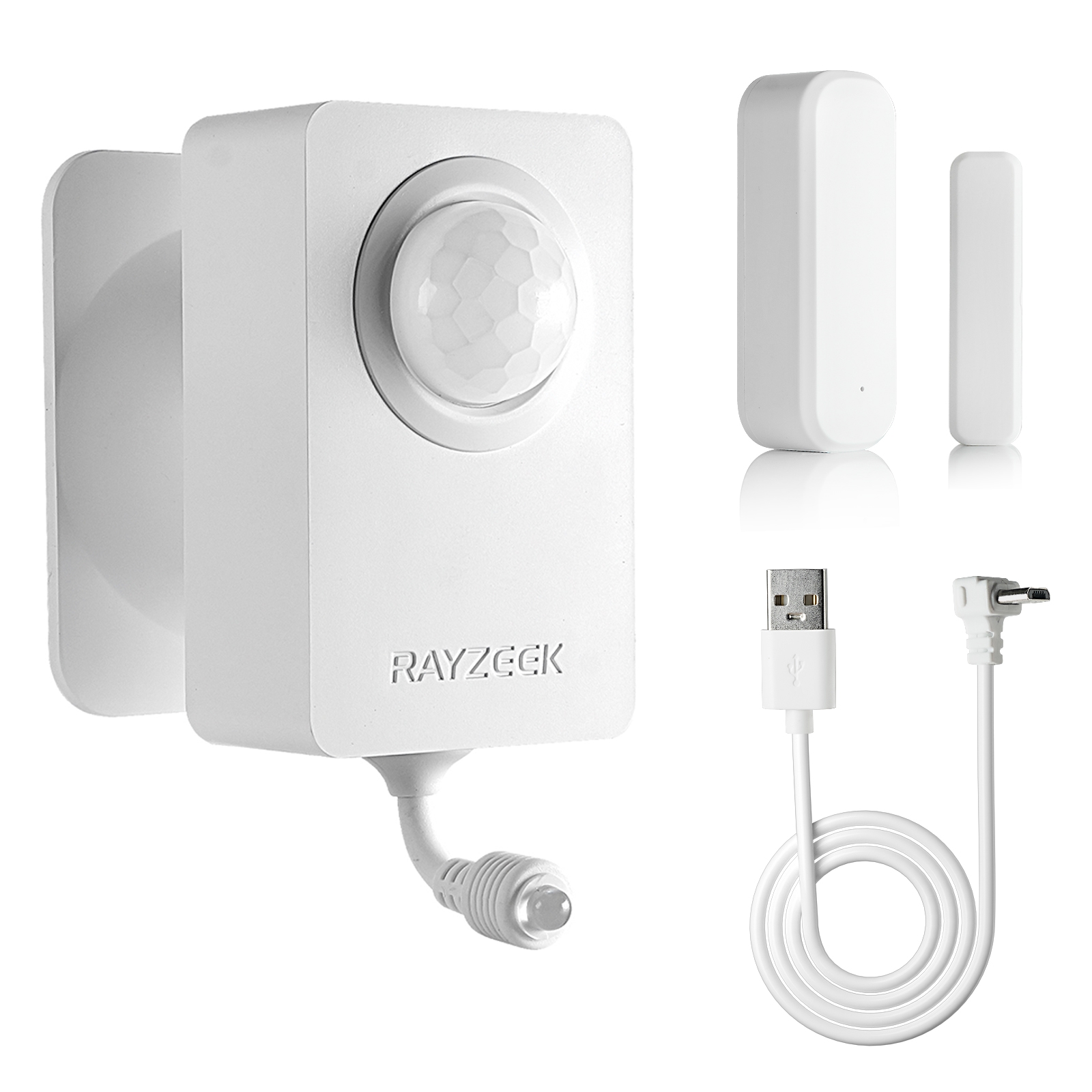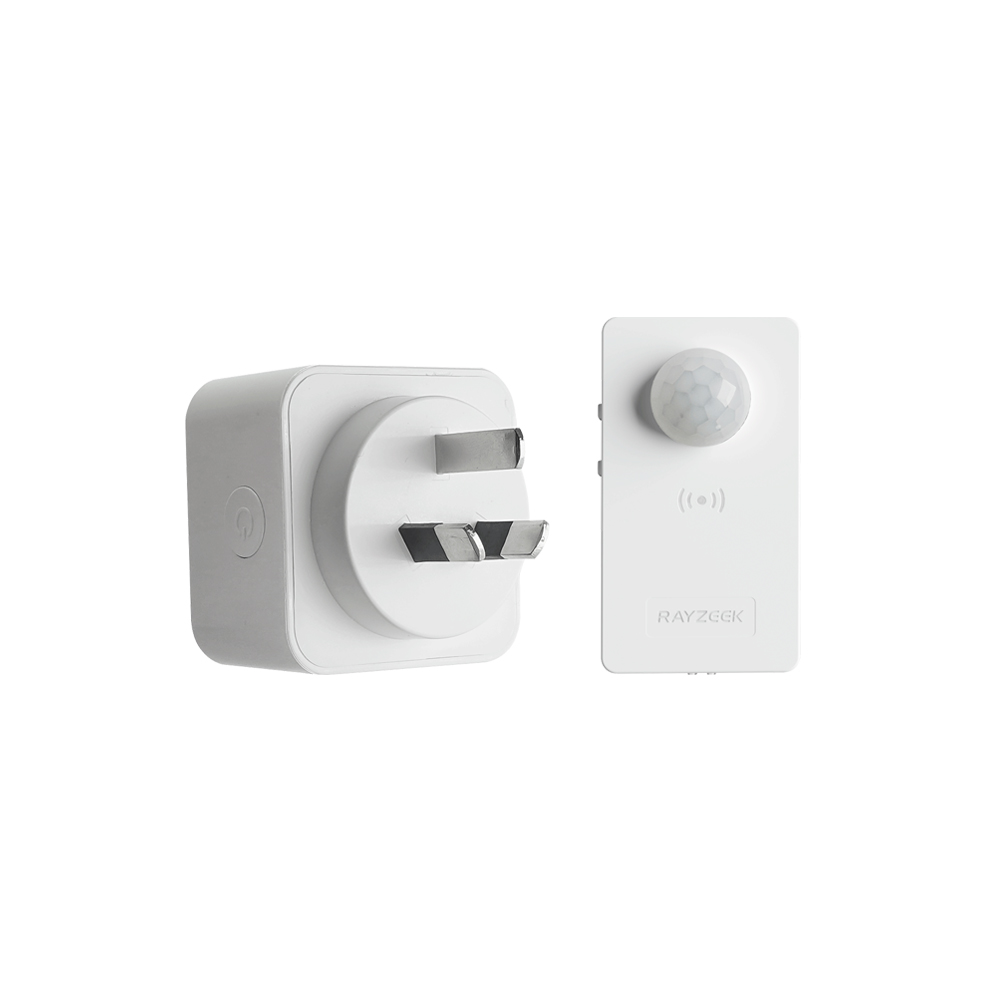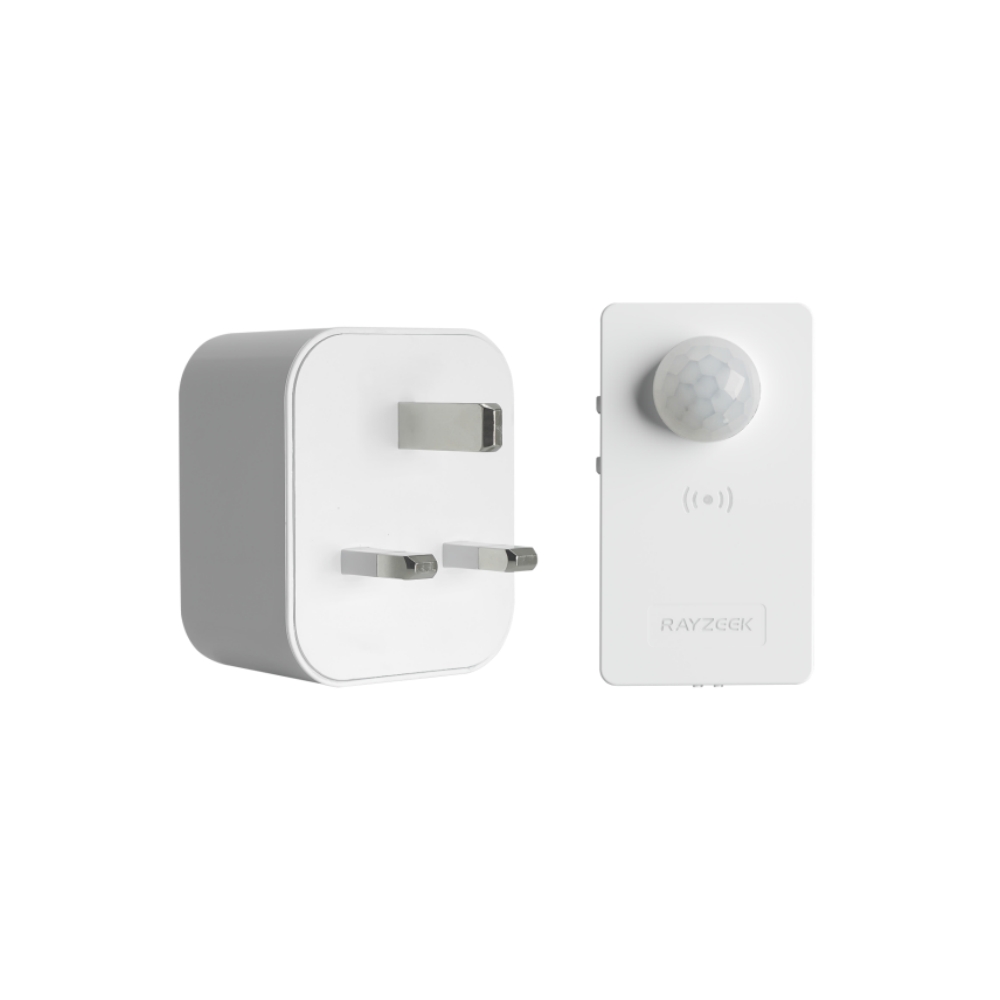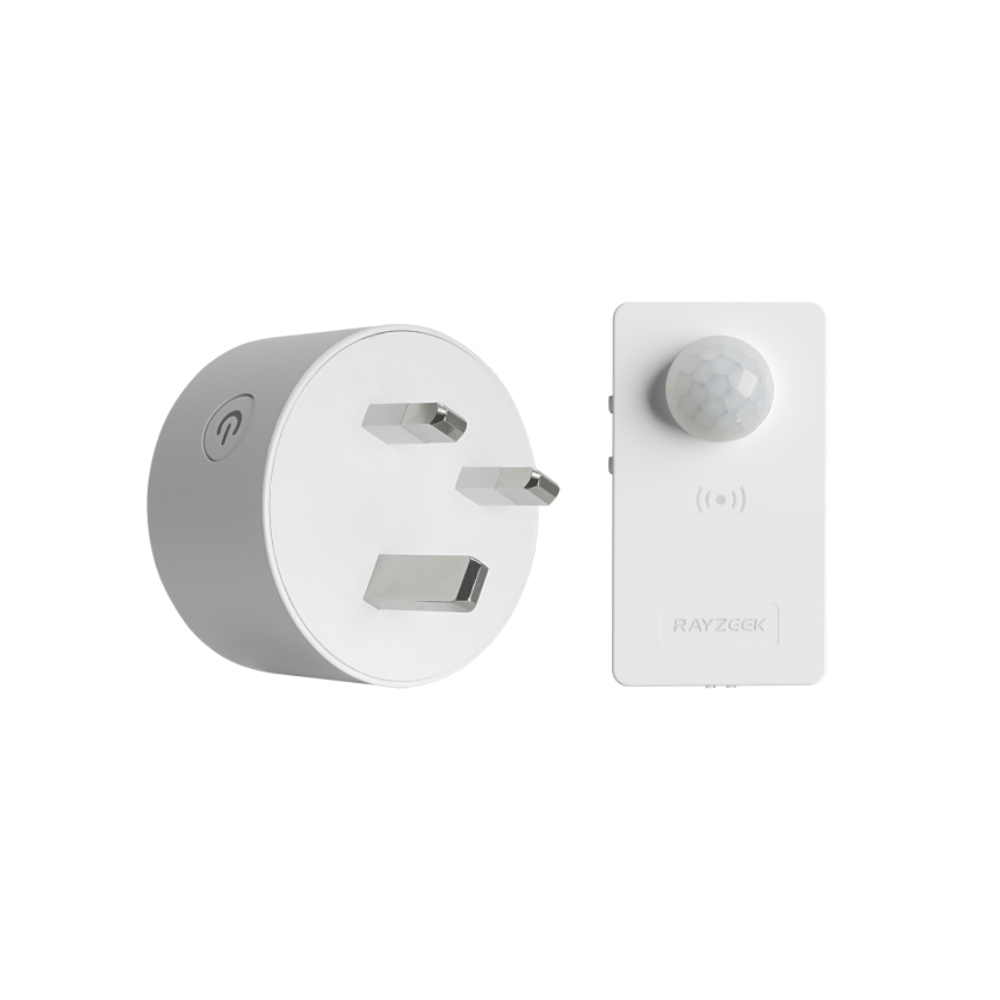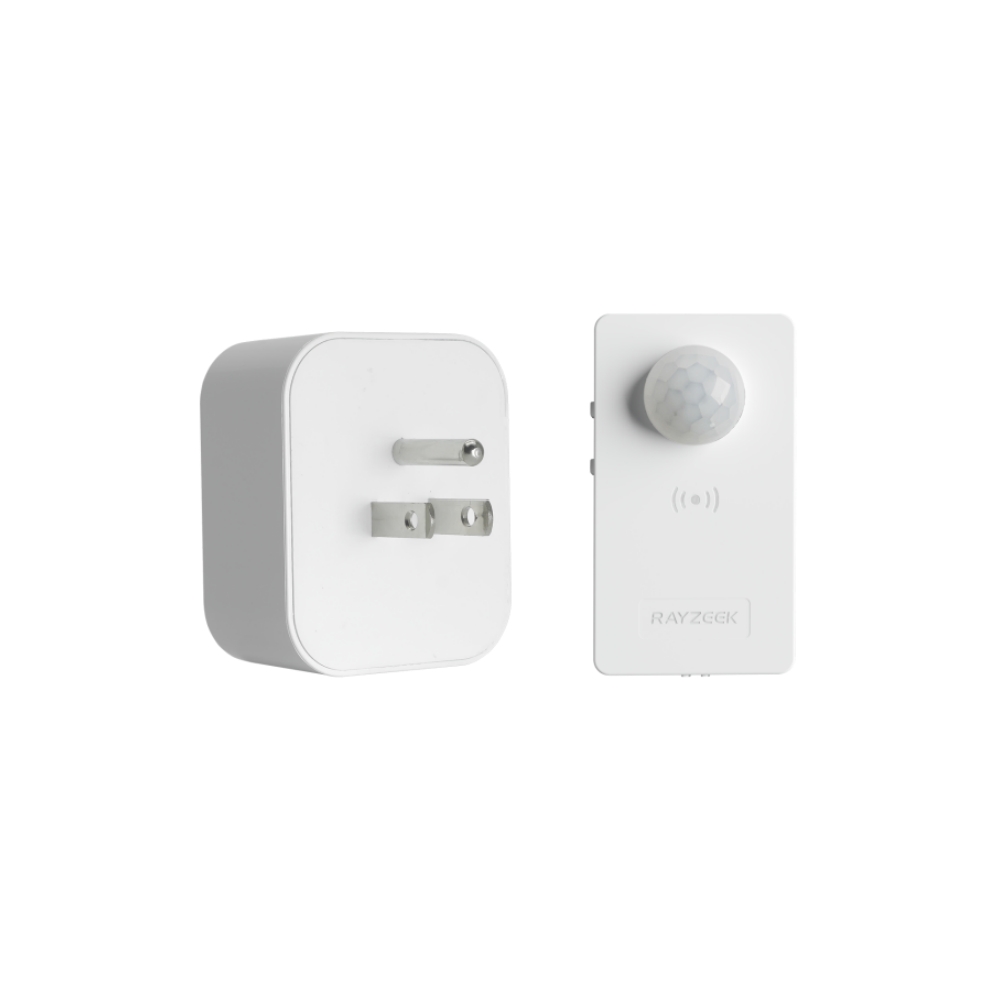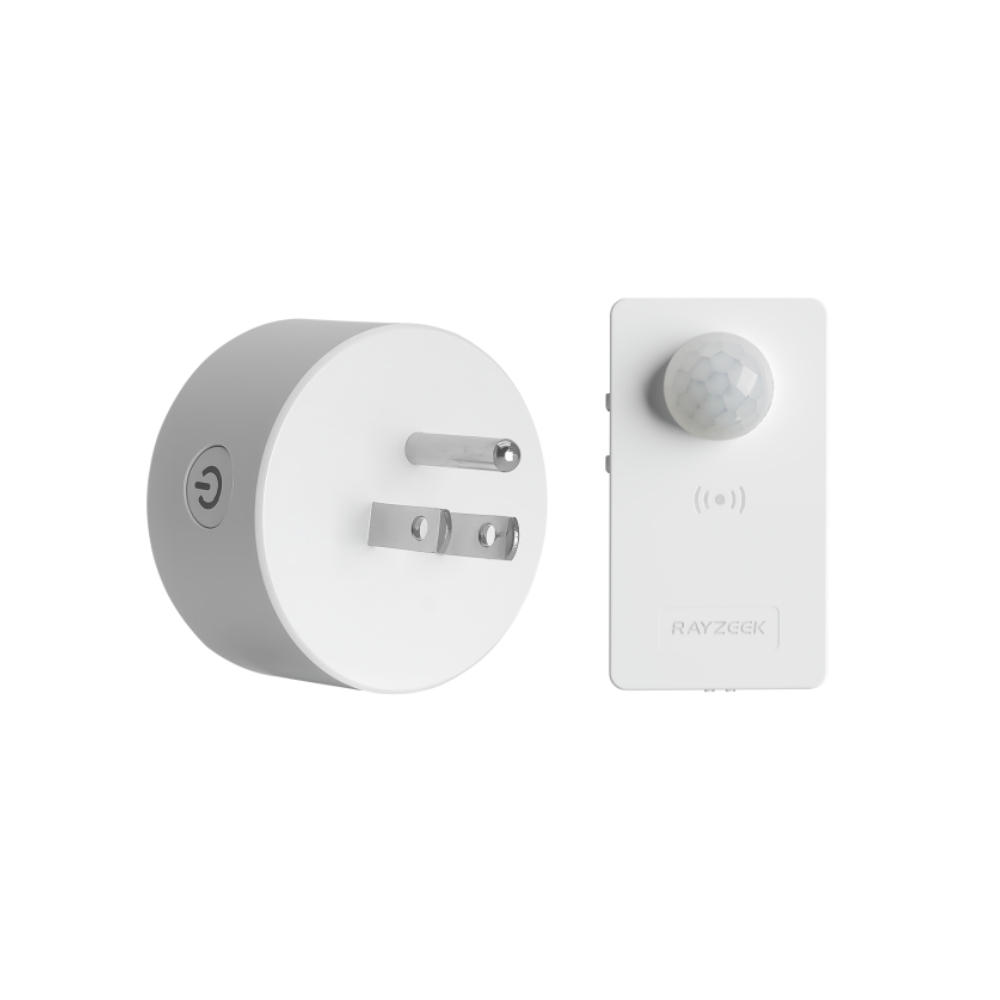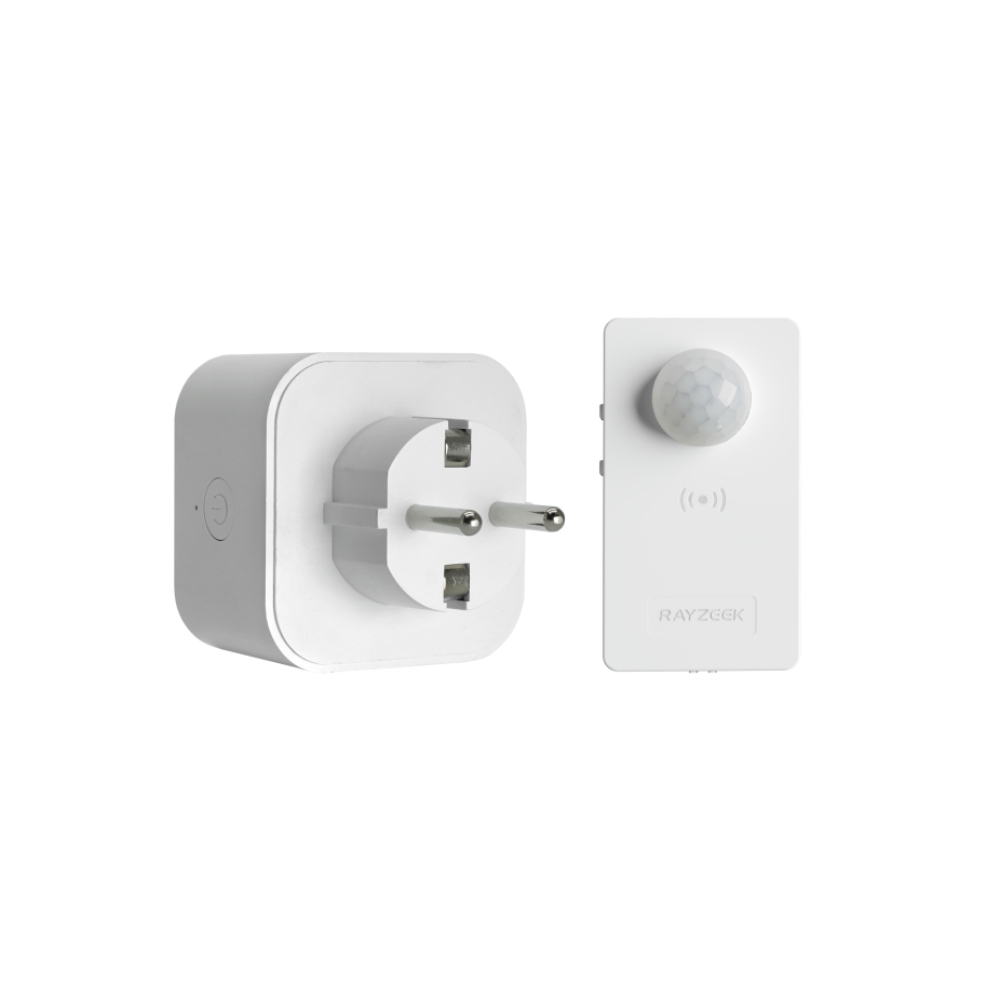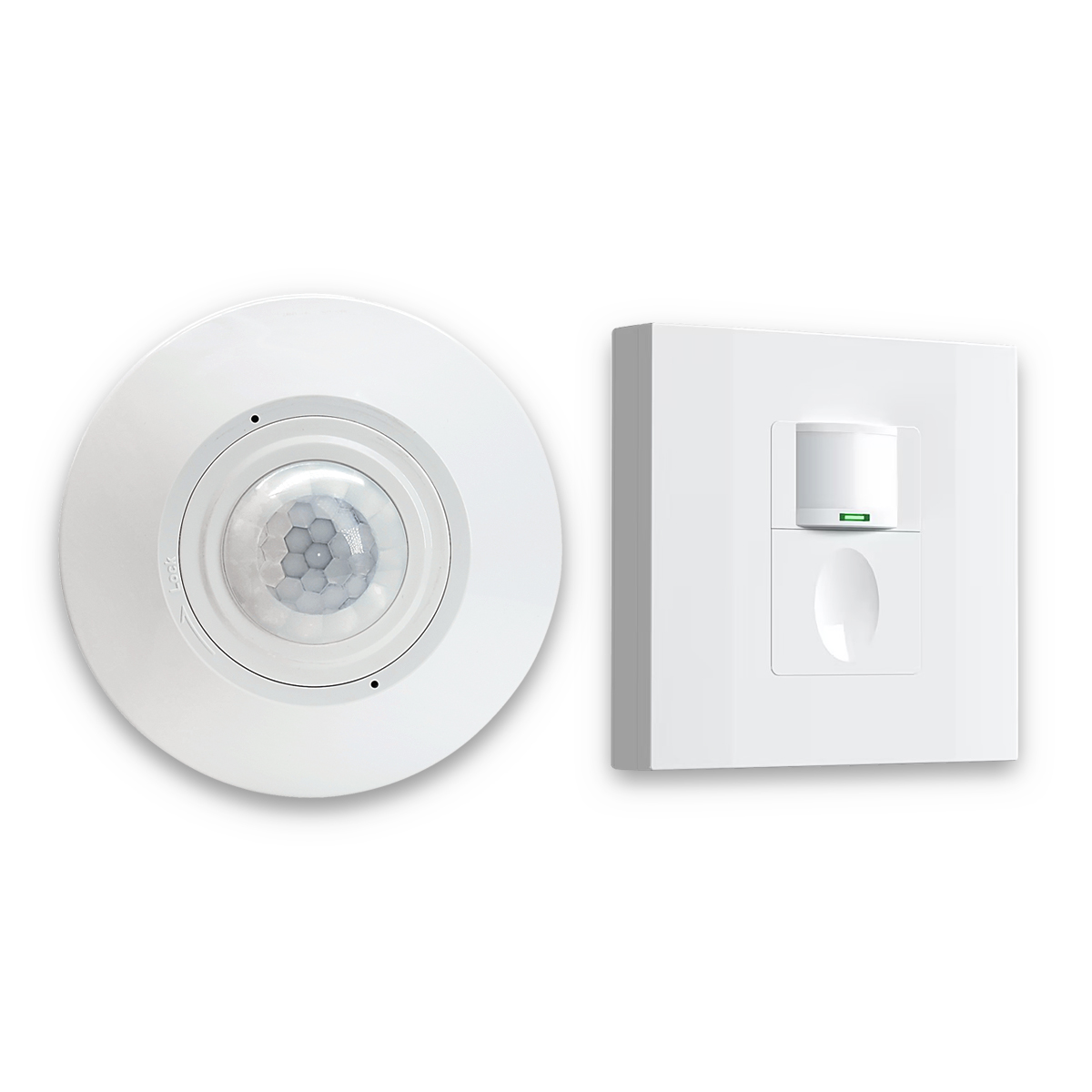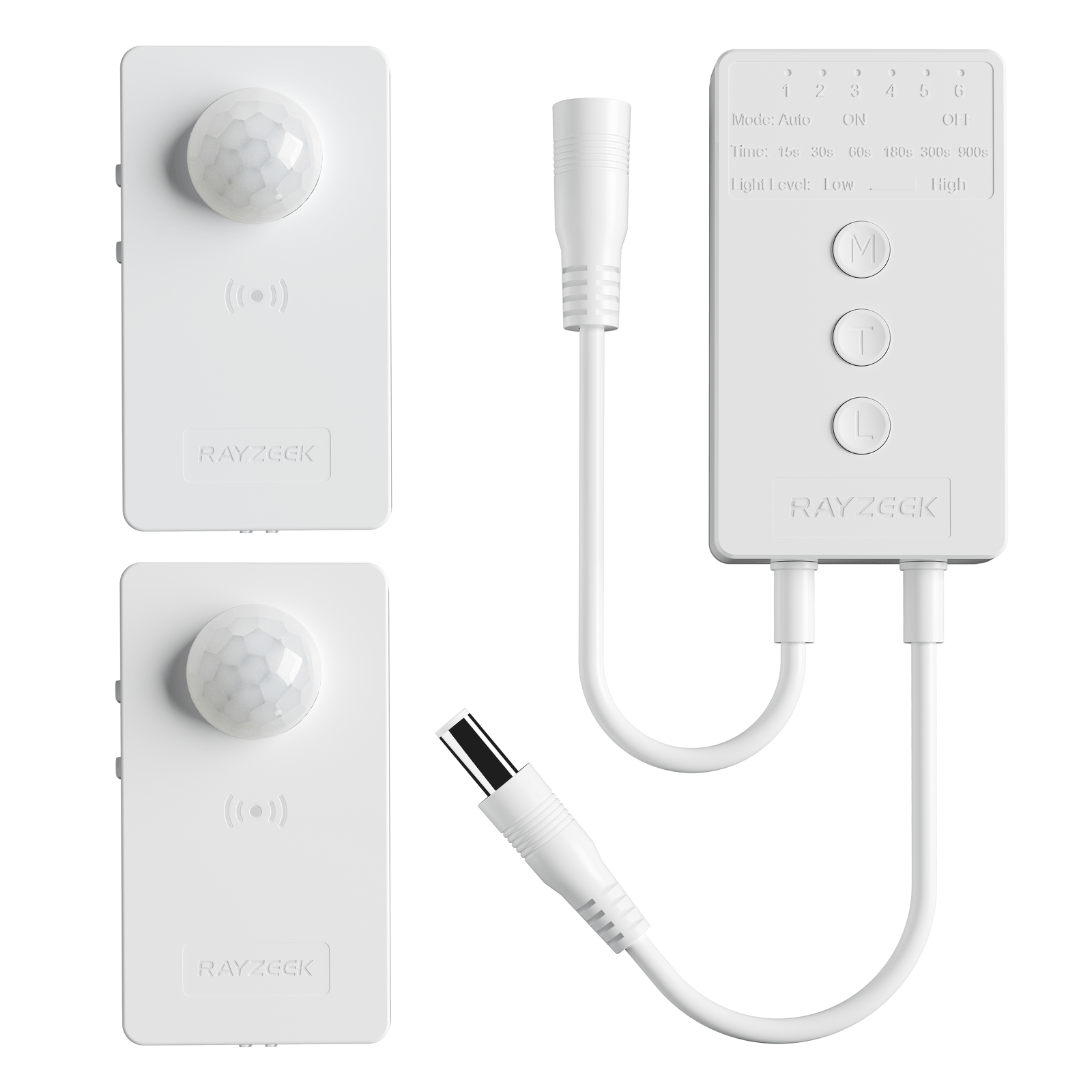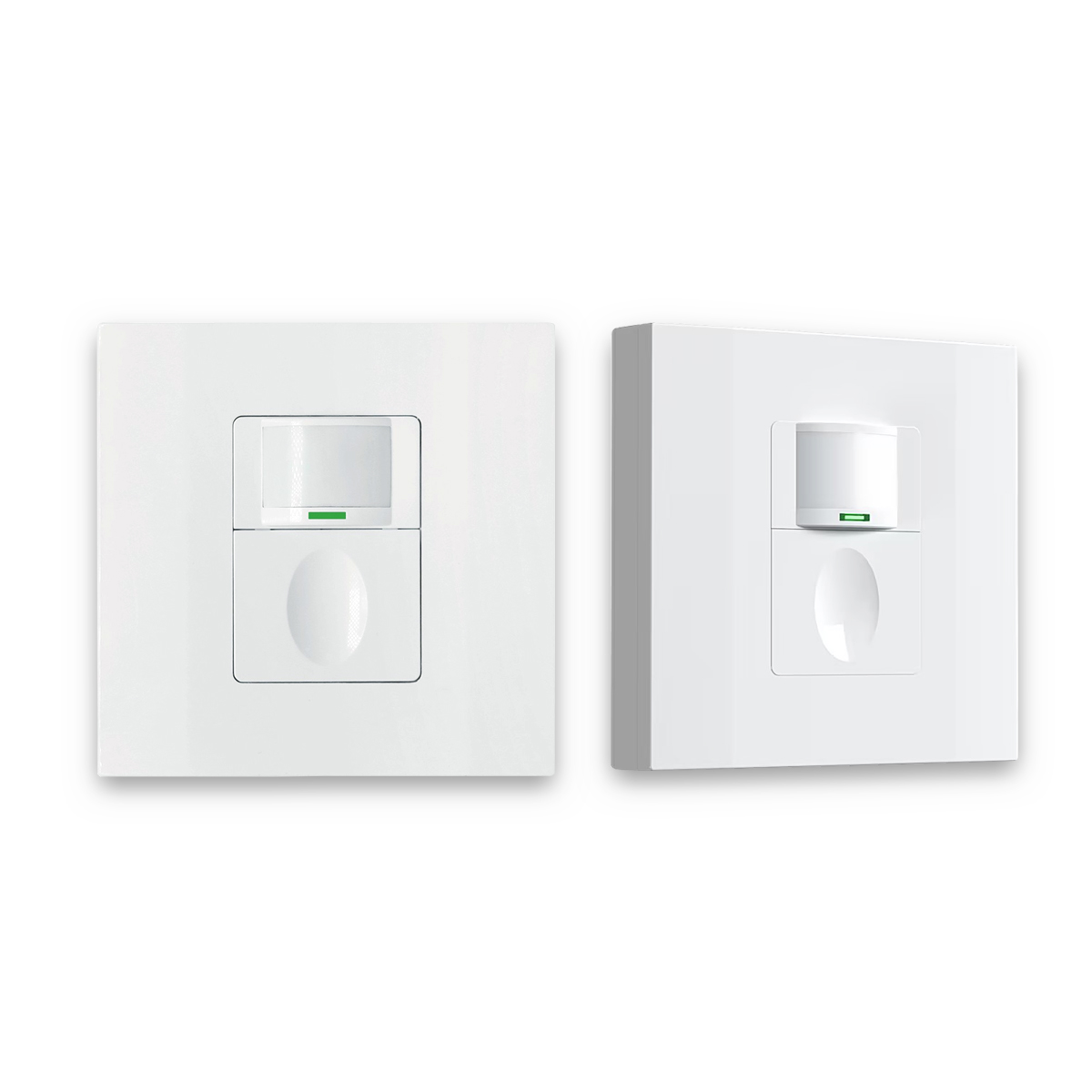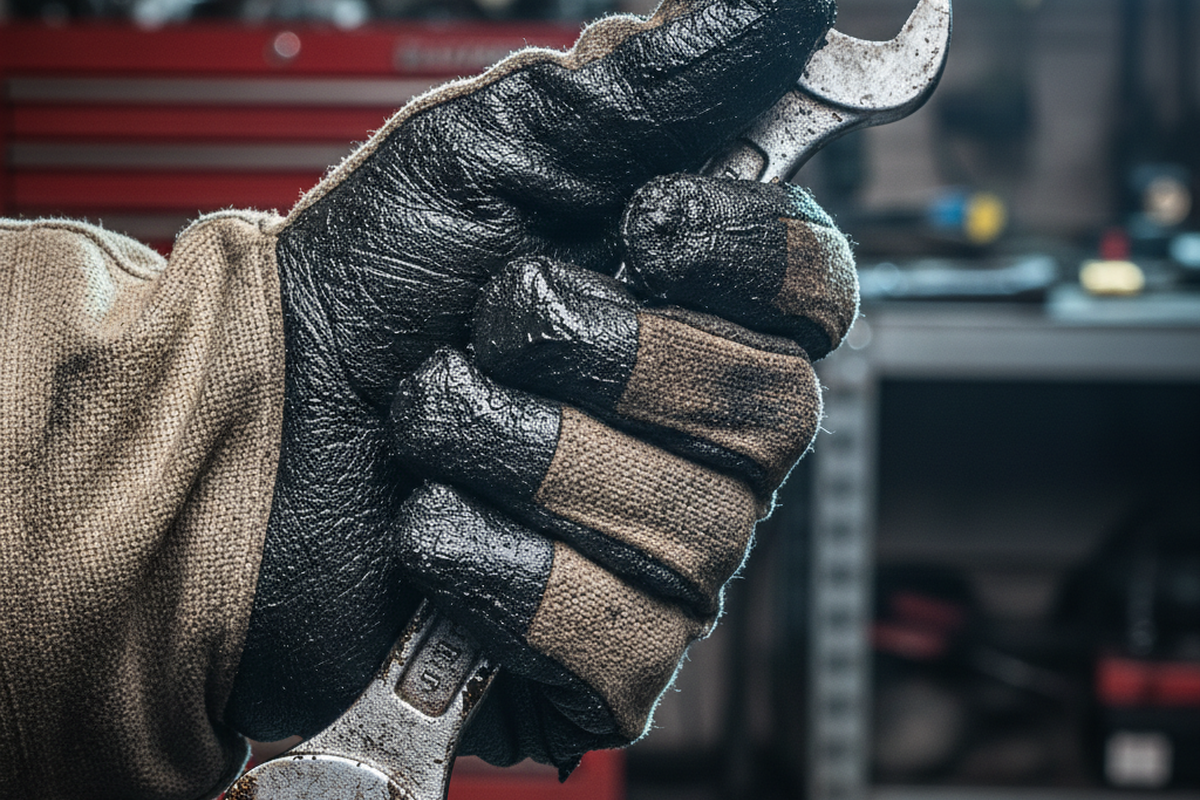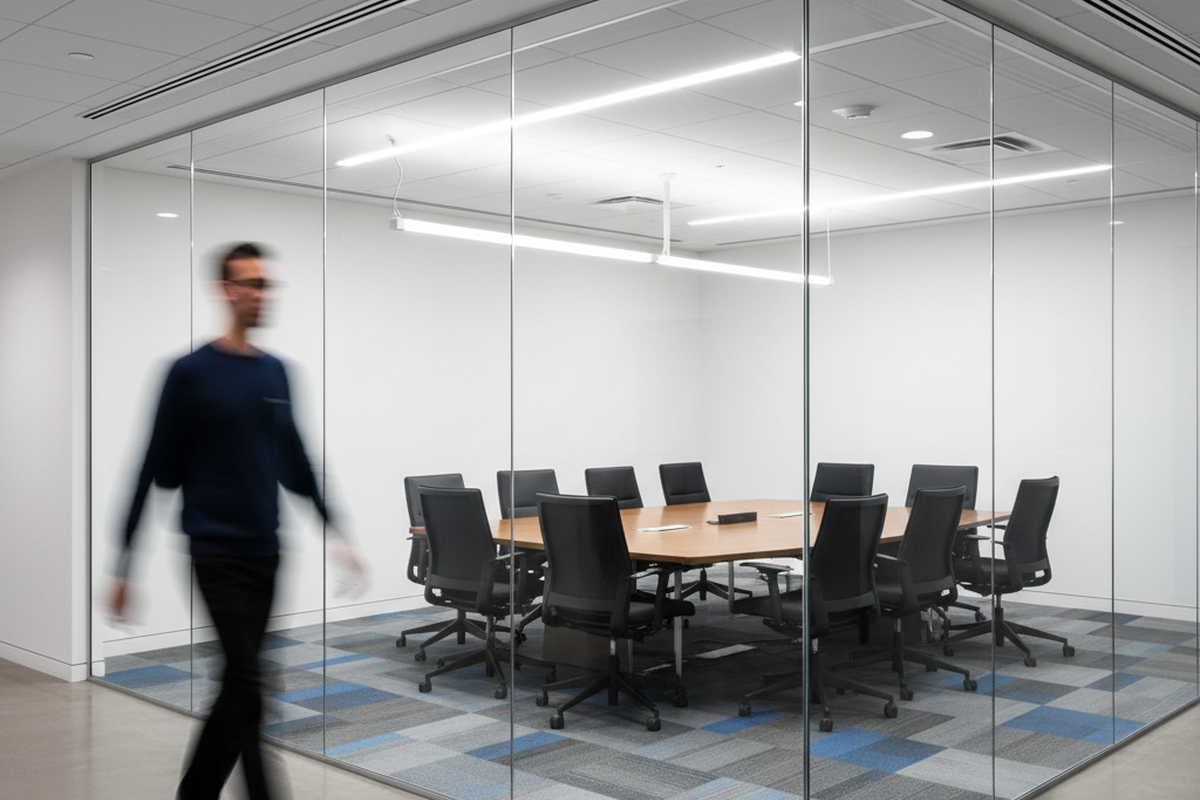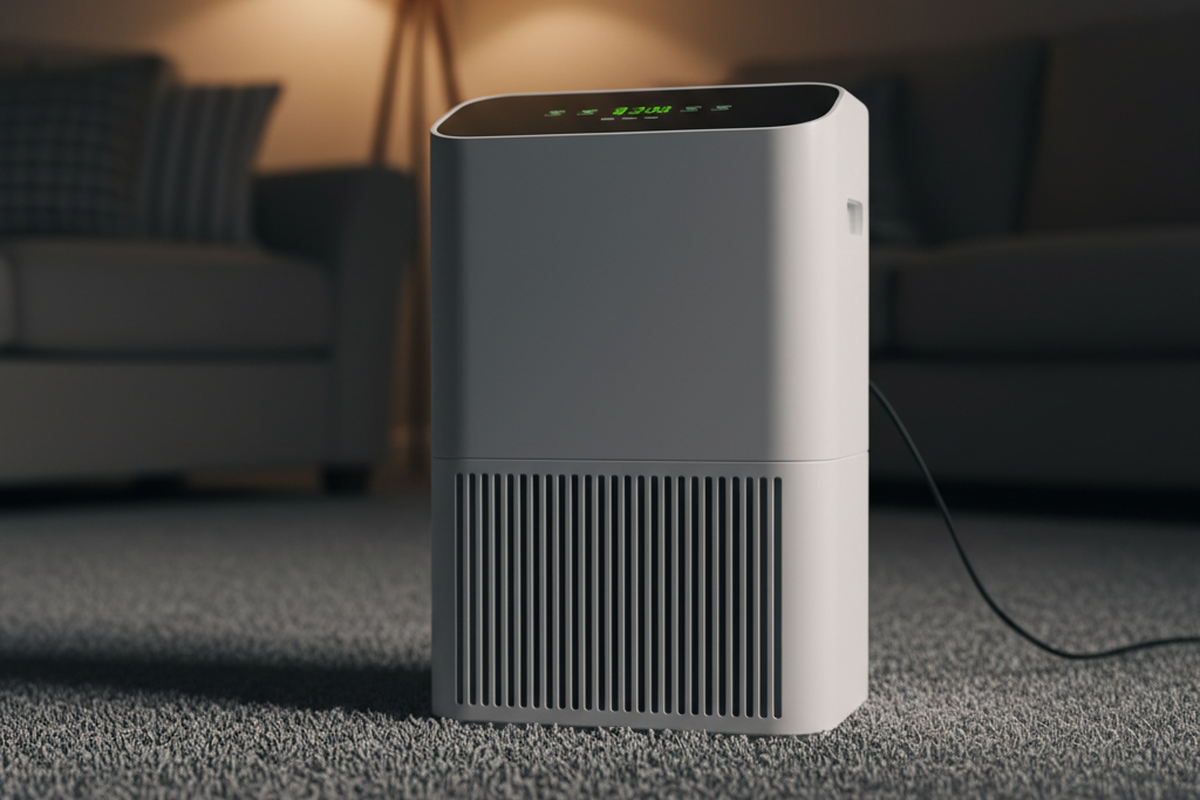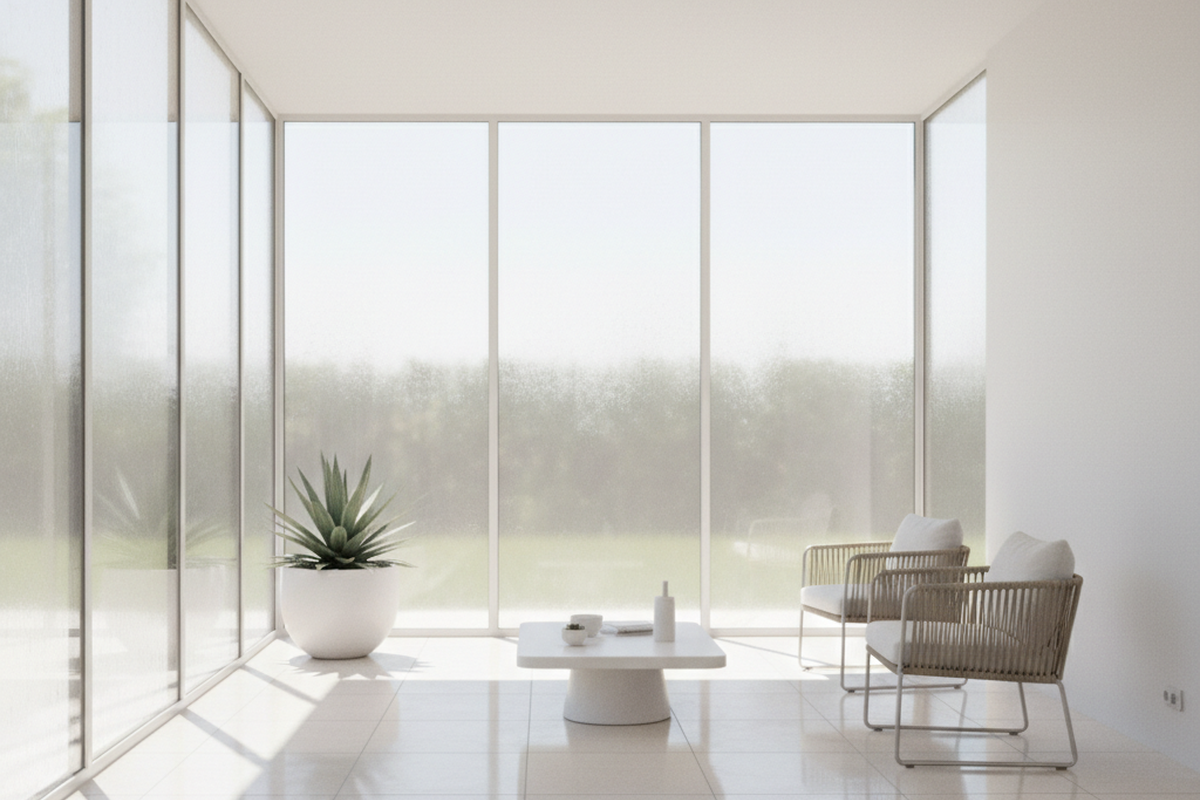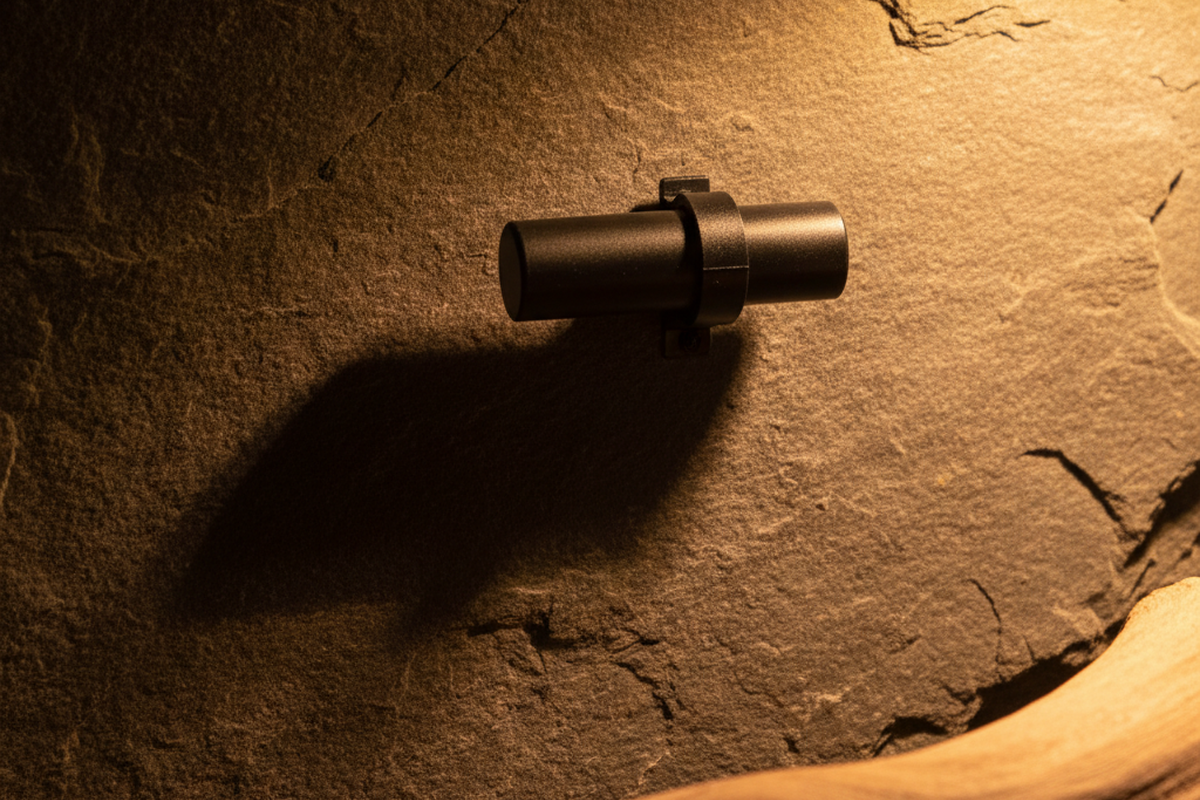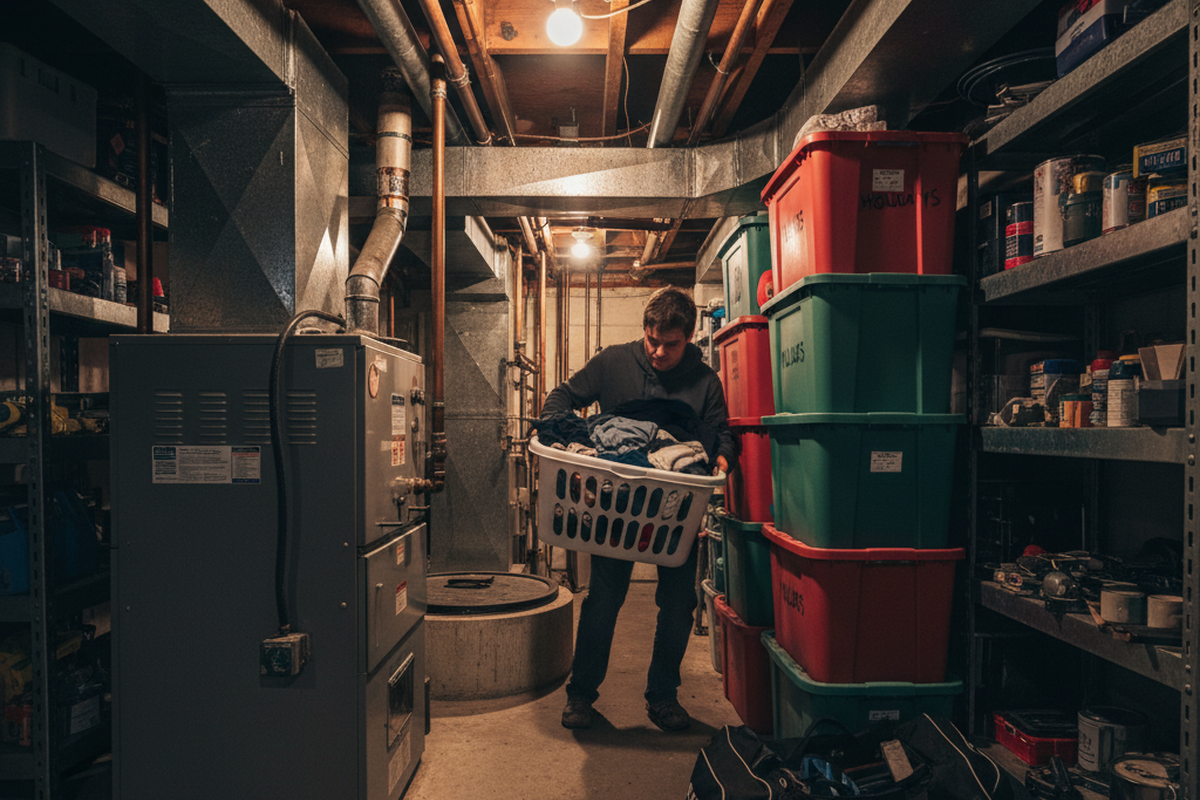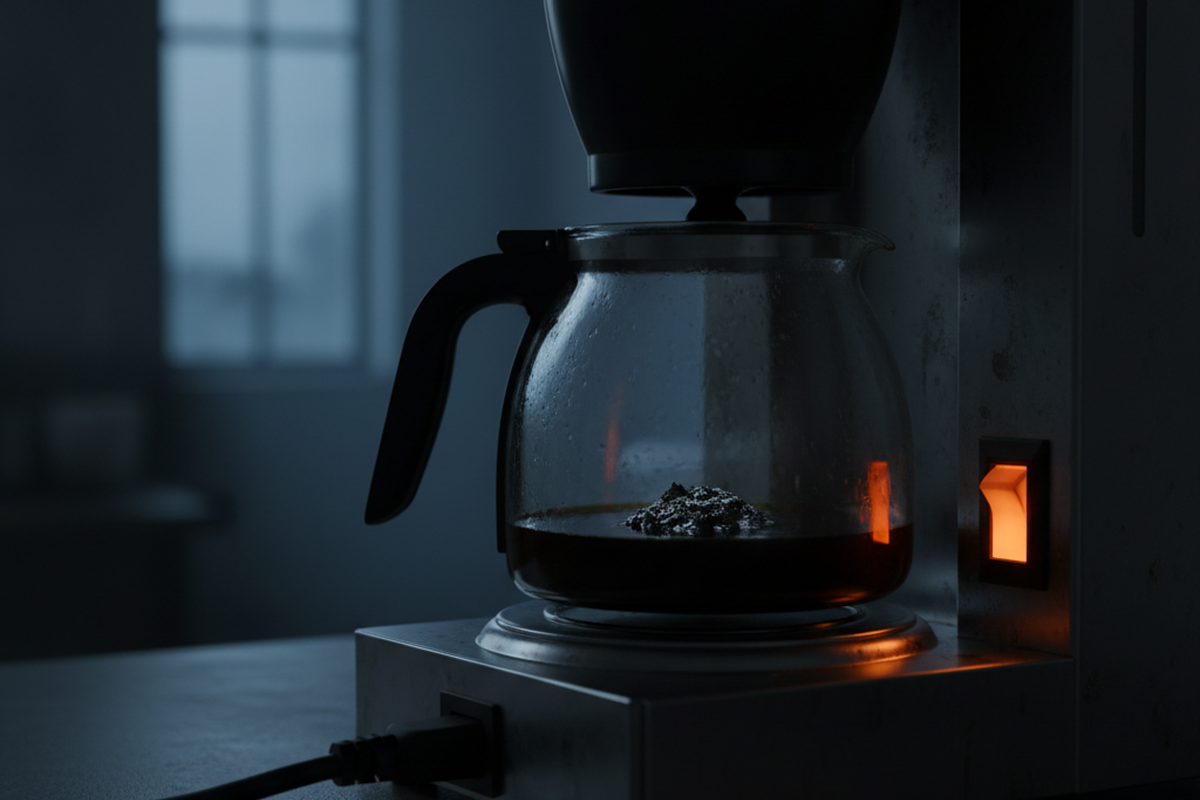What is Matte Surface
A matte surface, in the context of the lighting industry, refers to a type of finish that is designed to diffuse ambient light rather than reflecting it directly back to the viewer. This is achieved by coarsening the surface using mechanical and sometimes additional chemical processing. The purpose of a matte surface is to reduce unwanted reflection and glare, making it an anti-glare surface.
Manufacturing methods for creating a matte surface typically involve multi-layered “spluttering” or several passes of “dip coating,” followed by optional chemical surface treatments. These processes result in a textured surface that scatters external light, improving visibility of the image on the screen in areas with strong direct or ambient light.
Get Inspired by Rayzeek Motion Sensor Portfolios.
Doesn't find what you want? Don't worry. There are always alternate ways to solve your problems. Maybe one of our portfolios can help.
While matte surfaces have the advantage of reducing glare, there are some drawbacks to consider. One disadvantage is a reduction in perceived contrast and color vibrancy. The diffusion of light on the matte surface can lead to a slight to moderate reduction in sharpness, depending on the thickness and layering of the matte surface. Additionally, matte surfaces are generally more difficult to clean due to dirt penetration, and it can be challenging to see the results of cleaning efforts. In some instances, a grainy or hazy texture may be apparent, particularly when displaying white and other light colors.
Maybe You Are Interested In
Frequently Asked Questions
Does a Matte Surface Reflect Light
Matte surfaces do not reflect light; instead, they absorb it. This quality allows them to effectively conceal imperfections such as bumps on walls.
Is Anti-Glare and Matte the Same
Unlike a regular glossy display, a matte display is equipped with a special coating that reduces glare on the screen. This anti-glare coating helps to minimize reflections and ensures that your content is not interrupted by harsh glare caused by smooth surfaces like glass or plastic.
What Does a Matte Finish Look Like
A matte finish is a type of sheen that has a lower level of gloss compared to flat paint, but is shinier than satin or eggshell finishes. It has a lower gloss percentage, indicating that it reflects less light and has less luster than many other types of paint.
What Color Surface Reflects Light the Best
White is the color that reflects light the most effectively. If you prefer a more subtle option, you can consider off-white, pale brown, or light gray colors. It’s important to remember that the color of your walls is just one aspect of their overall appearance and ability to reflect light.
What Surface Doesn’t Reflect Light
Wood, concrete, and paper are examples of surfaces that do not reflect light. This is due to their relatively rough surfaces, which cause the light that hits them to scatter in various directions.
